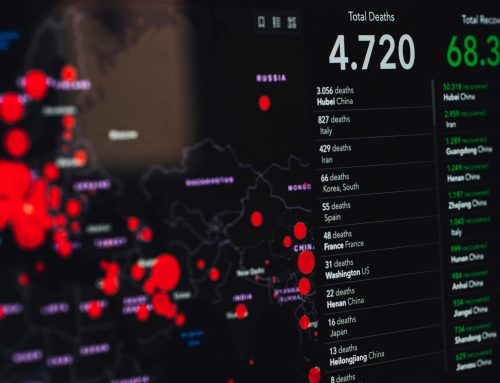In this is the digital age, and the value data adds to any business is cannot be overemphasized.
From identifying weak points, finding innovative solutions, to amplifying the potential of your business, data remains a strategic asset that enables you to mitigate and manage risk, offer great memorable customer experience, take efficiencies to new highs, and identify new opportunities.
Another vital role of data is in decision making.Everydata-driven organization needs data-driven decision making to build, differentiate and plan.
… using data for decision making comes with lots of challenges you must beat, to effectively strategize data analytics initiatives, and efficiently execute enterprise-wide.
These challenges in using data for decision-making doesn’t just flare up when you have your data. It’s a slow process that begins even before analysis.
Here are challenges you should consider:
Understanding your data
How can you get into an organization with a team that has a shallow understanding of your business and think you won’t encounter challenges in the long run when you need new initiatives?
It’s one thing to understand the basics of your business, and another to know how to drive your decisions to closure. It’s only if you have in-depth knowledge of your business before you can face any challenge that comes up and implement insights.
Integrating multiple data-sets from a variety of sources
Data sourcing comes indifferent formats, speeds, and direction, and the biggest challenge of any business today is how to merge your full data compendium to draw synergies.Owing to this, a more significant part of the emerging BI trends for 2019 is about forming a continuum that’ll not only centralize but also create a single view for all data.
Getting the right modern analytic technology
Every business needs a constant influx of data, both structured and unstructured. But to deliver actionable insights in real time for decision making, you must separate the wheat from the chaff.
The immaturity of the current analytic system architecture affects both traditional analysis and modern data handling. A business can understand where the trend of analytics is headed yet that doesn’t mean it’ll have the same output as the one that knows and embraces the modern practice.
The modern data analytics will address the case of integration by seamlessly analyzing and balancing multiple datasets on the same environment. Now, that is what you look out for in any modern analytic technology.
The pace of execution/implementation of the initiatives.
Let’s consider a scenario where you’ve identified the right analytic techniques. You have a threshold of strong expertise that understands every fundamental aspect of your data and the right innovative solution to amplify your business and strategize this asset (data),but still, your decisions and strategies are not reflecting any change. Then, what is wrong?
You should consider the pace of the implementation. This time around, the issue isn’t about accessing or interpreting your data or even strategizing it to be useful for your business, but it’s just about how to create a streamline that allows your data to hit the mainstream. Businesses want analytics in their existing workflows to make insights more actionable, and they’re increasingly asking for ideas in real time. This shift is being powered by;
· Artificial Intelligence
· Big data
· Cloud Technology
· Machine Learning
· Automation, Robotics, Bots and more;
All these to provide contextualized insights and suggested actions. These technologies impact the pace combined with data analytics initiatives.
If you’ve followed me this far, it will be a lot easier for you if analytiks fuels your business tools and information to build a high-performing technology infrastructure that thrives on networked distribution.



